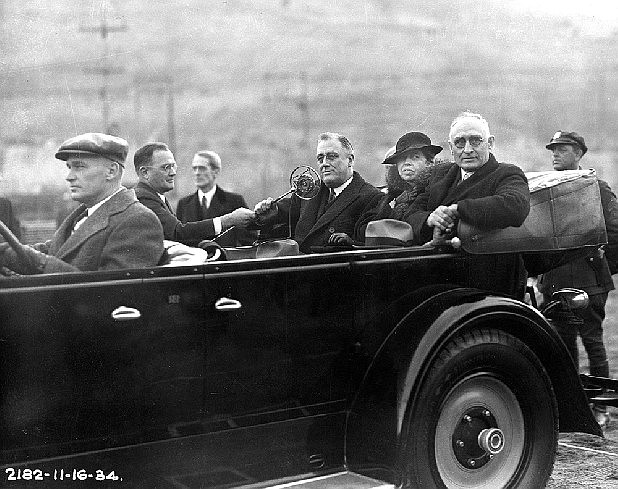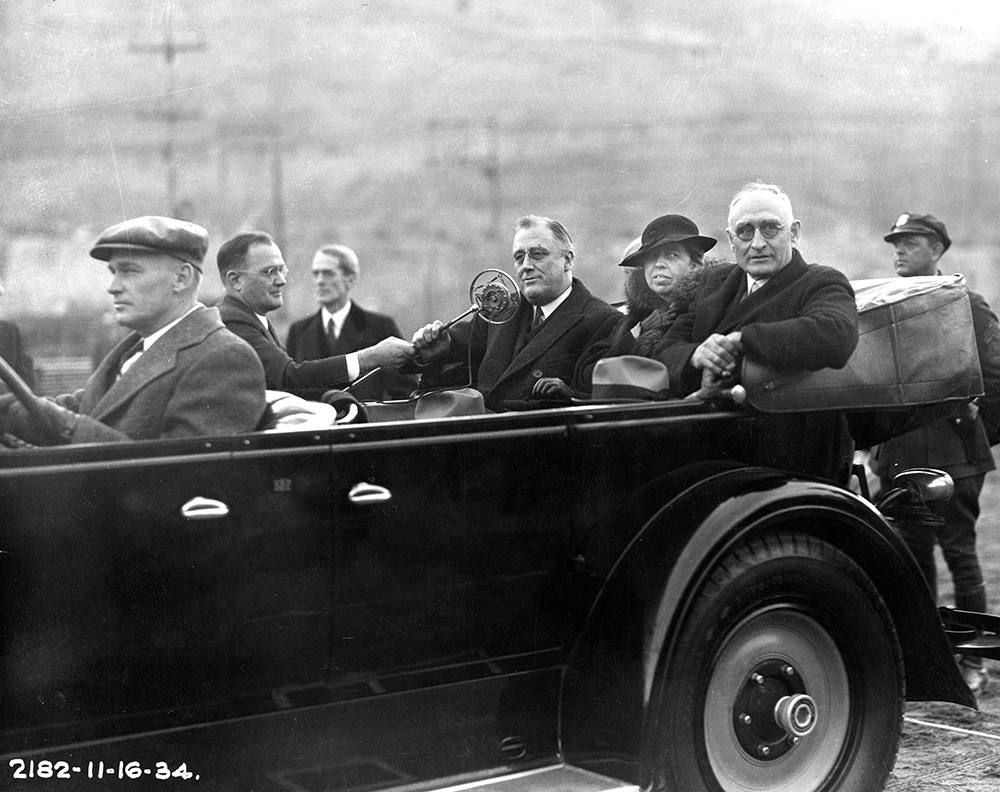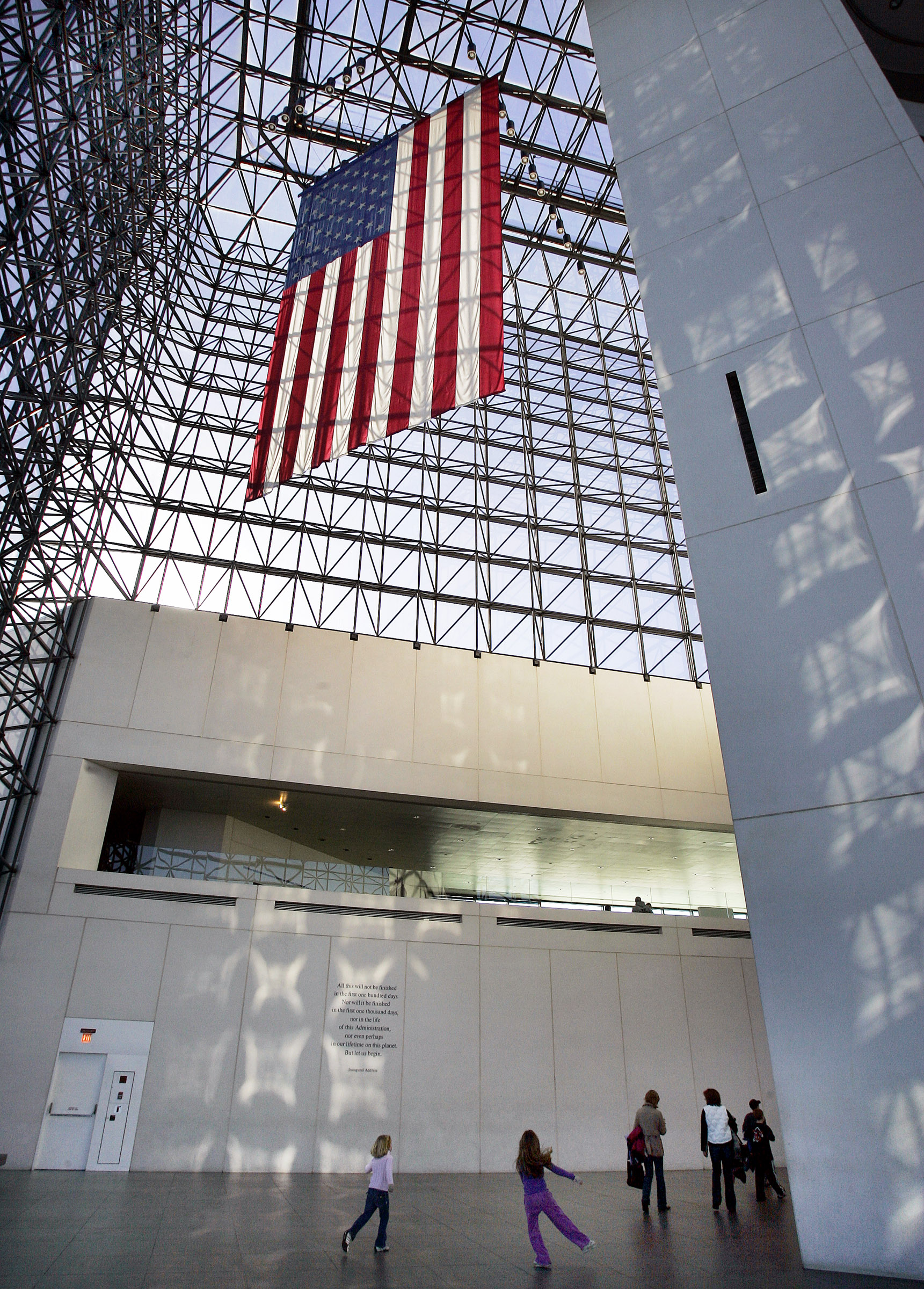My wife Patti had a bucket list years before bucket lists were cool, and one of her quests was to visit all the Presidential Libraries.
There are 13 Presidential Libraries and Museums managed by the National Archives and Records Administration. The first president represented by a library is Herbert Hoover and the last is George W. Bush. Additionally, one can visit a number of presidential homes and museums run by the National Park Service and state or private organizations.
These homes and museums are fascinating, but they lack the depth of research materials maintained by the National Archives at the official Presidential Libraries.
During our recent trip to the Northeast to visit the Franklin D. Roosevelt Museum in Hyde Park, N.Y., and the John F. Kennedy Museum in Boston, Mass., we were fascinated by both the similarities and the differences in the character and styles of the two leaders.
Both men were from fabulously wealthy families who had very influential political connections. Both men had physical ailments that affected their outlook on life. Roosevelt was stricken with polio and had trouble walking, while Kennedy suffered from severe back problems related to combat injuries during World War II. (He wrote his bestseller "Profiles in Courage" during a convalescence.)
Likewise, both men occupied the White House during major shifts in our economic, social and political framework on domestic and international fronts.
However, the two presidents were vastly different in both their vision for the American people and in their leadership styles.
When Roosevelt came to office, the Great Depression was at its worst, and he felt compelled to act to get the nation back on its feet quickly. In his first 100 days, the charismatic president, with the help of a newly elected Democratic majority in both houses of Congress, pushed through sweeping changes still impacting us today, including bank reformation, Social Security, unemployment benefits and job programs to develop and improve national parks. He was an adroit politician who was convinced the federal government had a mandate to save the American people from themselves, often overlooking the Constitution in the process.
His initiatives made some happy and some disgusted, but he was an unapologetic leader who acted with conviction.
The young, bright and charismatic Kennedy, meanwhile, surrounded himself with the "best and brightest" of his generation, and his administration reflected the excitement and enthusiasm of an American society quickly adapting to new technologies and shifting from the rural environment to suburbia. It was no longer Washington as usual with JFK.
His "rising tide lifts all boats" fiscal philosophy appealed to both conservatives and liberals. His ambitious national goal of putting a man on the moon by the end of the decade reflected his patriotic pride and determination. The first family -- John, Jacqueline, Caroline and John Jr. -- were adored by the public.
Kennedy also tried to forge an international and domestic consensus to protect American interests in major new international crises like the Cold War, Cuba and Vietnam while balancing an agenda at home that included equal rights for all Americans, regardless of race or ethnicity.
One of the original manuscripts displayed in his library is his inspiring Berlin speech made to free Germans living under the looming shadow of the Soviet communists next door in their divided city. He penciled in his own phonetic guide next to the speech writer's typed words to help him clearly and forcefully announce to both the free world and to the communists, "Ich bin ein Berliner! (I am a Berliner!)." What an incredibly effective speech by a true leader.
Unfortunately, his vision for a better, stronger America and world was interrupted forever on Nov. 22, 1963 by an assassin's bullets. The museum does an excellent job of communicating the confusion and grief that gripped the nation that sad November and the mystery and aura that still surrounds his death in the years since.
Although the presidential museums focus mostly on the lives of our presidents, they also teach us much about the context of the times in which they lived.
Our Presidential Libraries and Museums are a national treasure. They have been both an educational and an inspirational experience for my wife and I. So far we've visited the Hoover, Roosevelt, Truman, Eisenhower, Kennedy, Johnson, Ford, Carter, and George H.W. Bush Libraries. It is difficult to say which is our favorite, but we've come away from all of them with the impression that, in the final analysis, all of our leaders possessed special qualities that made them exceptional people.
While we may have philosophical and political differences with some of them, they represent, above all, the democratic process that brings together the diverse citizens of an exceptional nation. Their lives and the times they lived are certainly worth the study and reflection of those citizens.


